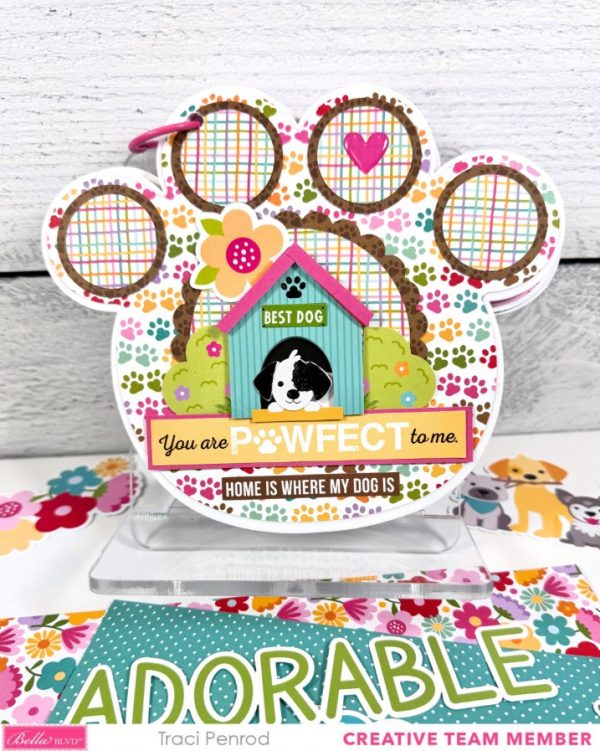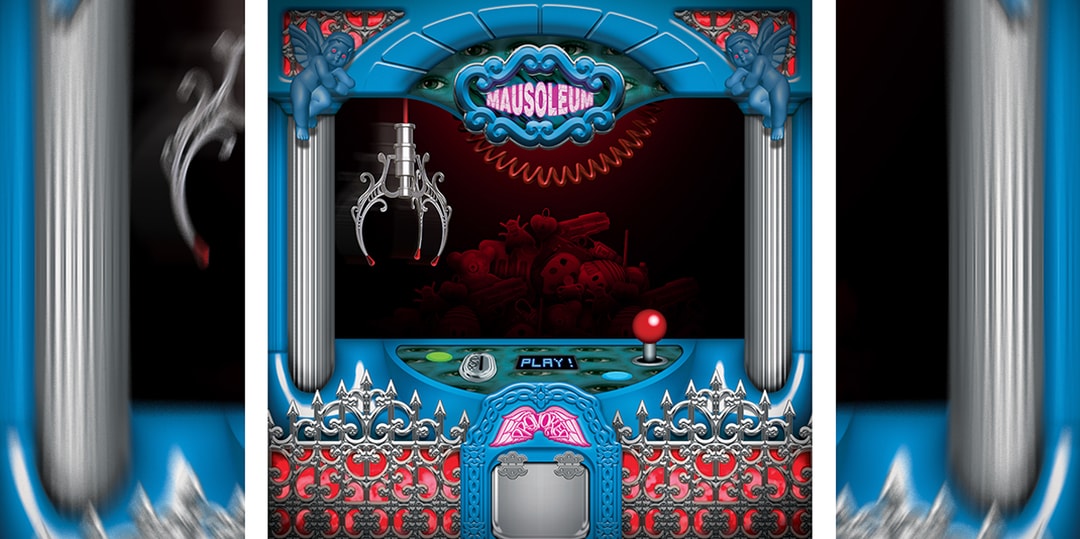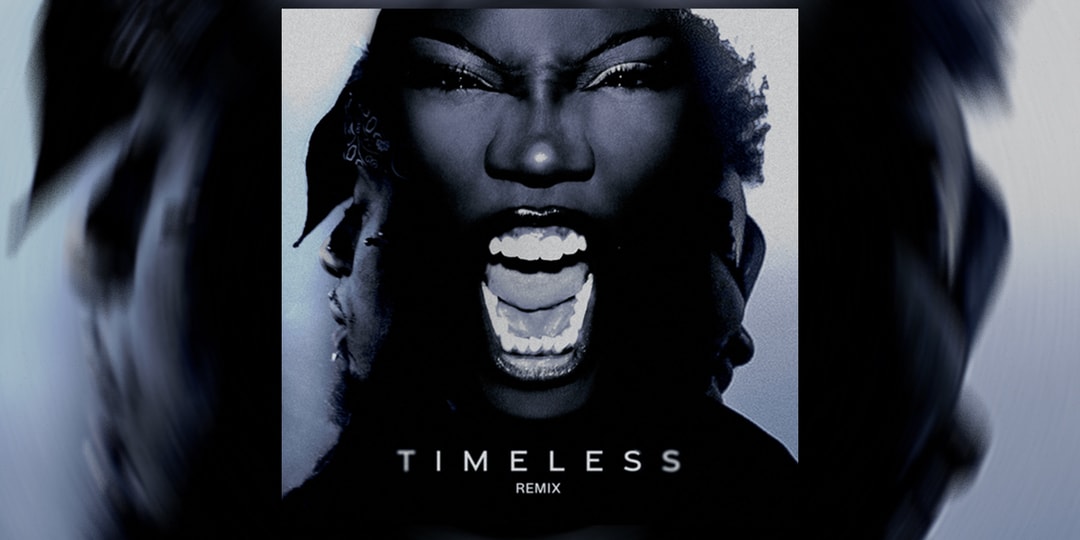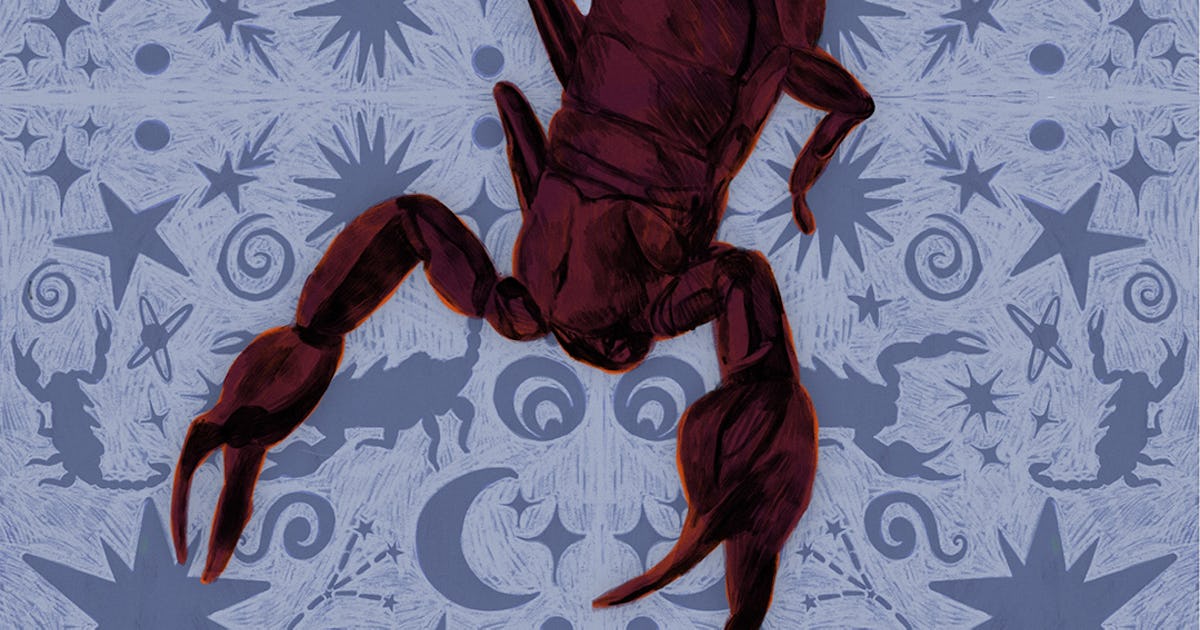Mewgenics Is One of the Most Exciting Roguelike I’ve Played in Years
It feels strange to say that a game about obsessively breeding cats so you can send them into wild battles across back alleys and dirty sewers might end up being one of the most nuanced and thoughtful strategy games I’ve played in a long time, but that’s exactly what I found with Mewgenics.


It feels strange to say that a game about obsessively breeding cats so you can send them into wild battles across back alleys and dirty sewers might end up being one of the most nuanced and thoughtful strategy games I’ve played in a long time, but that’s exactly what I found with Mewgenics. I got to go hands-on with the next roguelike from the creators of The Binding of Isaac for a few hours recently, and although its original incarnation was first announced a whopping 13 years ago, seeing the version we are actually getting in action has immediately made it one of my most anticipated games in the coming year.
The pitch of Mewgenics is actually fairly simple: you run a house full of cats that you can expand and upgrade day by day, and you’ll take those cats out on roguelike runs to level them up while you gather resources and items to bring back home. Each run takes the form of a series of randomized encounters and grid-based tactics battles, and you’ll have to weave a wide range of cat-based attacks and abilities together to take down all manner of rats, bugs, and rival toms and make it back in one piece.
That setup might sound somewhat familiar if you’ve played games like Darkest Dungeon, Cult of the Lamb, or XCOM, but Mewgenics does a lot that sets it apart. For starters, each cat can only go on a single adventure before retiring to a cozy life on the couch back at home (assuming you have a couch). That means a lot of the power progression as your feline fighters level up is contained within each run, and you’re not trying to build a perfect little squad of your favorite furballs that you’ll then use every single time. I still grew attached to my heavy hitters, like a glass cannon named Jarvis that could melt groups of enemies thanks to a combination of passive abilities that first split his basic ranged attack into multiple projectiles and then sent each bouncing to other enemies on hit – but once that run was done, that power played a different role.
You see, your cats back home don’t just sit around all day. They have unique personalities and desires, and even their own cat friends and enemies in the house. Put two compatible cats together in a room with some inviting decor, and they could, well… hit it off. The next day you’ll find yourself with a kitten that shares some of their traits and abilities. This is the crux of the larger metagame in Mewgenics, as you mix and manipulate bloodlines to create future generations that can start runs on a more powerful footing. Things get even more complicated as mutations and other effects are weaved in, not to mention as you start to make uncomfortable choices about inbreeding to keep certain traits “pure” at an ever-mounting cost.
Something that struck me is the way Mewgenics frequently asked me to choose between prioritizing my current run or the larger progression back at my house. For example, money can be used to buy items or level-ups at shops mid-run, but it’s also a currency you’ll use
between them – and some abilities even use it for powerful effects in combat, like hiring a hitman to help you out. Similarly, equipable items can be brought back to base and used on a few future runs (if your limited storage is big enough to hold them), which gives you a bit more control over your starting “builds” but also makes you wonder if that limited consumable is worth using now or saving for next time. You’ll also choose from a semi-randomized selection of new abilities whenever a cat levels up, and suddenly have to consider both what’s useful in the moment and most interesting for breeding later on.
There are some very cool and unique abilities, too. At the start of each run, you can give your team of cats collars that assign them a class, tweaking some of their starting powers and stats – so the green Hunter is better at a distance, while the red Fighter is all about getting up close and personal. Depending on both their class and their equipment, a cat could have dash attacks, teleportation, healing effects, elemental spells with their own interactions, and a whole lot more. A favorite of mine on one run ended up being my Necromancer’s Pestilence ability, which dealt a single point of damage to every space on the board. That let me soften up groups, easily break corpses so that they would drop loot, and even intentionally weaken my own Hunter to make use of an item that allowed them to deal more damage while at low life.
This dense tapestry of decisions to make is what made Mewgenics’ combat shine during my demo. It’s quite approachable on the surface, especially so in its earliest encounters as you are learning the ropes, but there is a deep well to get lost down for those who truly want to optimize. The order you sequence your actions on any given turn can squeak out advantages, big and small. Where you move in comparison to an enemy’s options or where you think you’ll need to get the next turn can seriously matter. Even mana management for your spells can become a whole little sub-game of its own as you try to save up for more expensive abilities or blow it all on cheaper ones that you could potentially use multiple times per turn.
Anyone who already caught the Pestilence reference may not be surprised to hear that developers Edmund McMillen and Tyler Glaiel fondly compare this combat system to Magic: The Gathering, as well as its creator Richard Garfield’s philosophy of crafting a vast system to drop folk into and then letting them explore it – and I think the comparison is unexpectedly on point. This is by no means a card-based roguelike in the way you might think of Slay the Spire or Monster Train, but as a huge fan of Magic myself, I could hear the gears in my brain turning over its encounters in a similar way. Pondering how one ability interacts with another, how my actions might cascade into later turns, and how the loadouts of my cats could be combined into something with greater neko-potence.
There is a helluva lot to consider, too. McMillen and Glaiel tell me they knew Mewgenics was going to immediately get compared to The Binding of Isaac – somewhat unfairly, when the size of that game benefits from what is essentially a decade of content updates and DLC. While Mewgenics was first announced by Super Meat Boy developer Team Meat in 2012, it was ultimately cancelled and McMillen took the idea with him when he left, so its current incarnation was restarted pretty much from scratch about six years ago. Even still, in trying to hit the high bar set by the current version of Isaac they’ve pulled out all the stops, and say Mewgenics already has more items to find – and that’s not even counting abilities, furniture pieces, and beyond.
Some are equipable items that provide simple stat boosts, while others are weapons that give your cats special attacks – like a bag of rocks that leaves bruises or a fire hose that pushes away everything in a straight line. There are also trickier items, like a playing card that doubles the effect of any spell that costs either one or two mana exactly, or a Toxic Canister that gives your attacks Poison, but also poisons every unit at the start of battle, including allies. Some items are part of a set, too, giving a cat a bonus for wearing all the pieces – in one run, I stumbled upon all three pieces of the Transmitter set, which each hinder the wearer in some way while simultaneously providing a buff to your whole team. Apparently I got lucky finding them all in a single run, but if I hadn’t, I could have stored them at my house and then taken an eye toward finding the missing pieces on subsequent runs.
As hard as this is to believe, McMillen and Glaiel say their estimate based on testing is that it will take a staggering 200 hours to beat the final boss of Mewgenics’ story. Every run initially sends you through the same sequence of three areas, each with a boss at the end, but there are more than a dozen others to discover and fight through instead. There are main and optional quests that ask you to find certain items, reach a certain place, or deliver a certain number and variety of cats to its eclectic cast of humanoid characters. Not to mention all the special furniture you can find to decorate your house and make it as cute as can be for your precious kitties, which have stats or effects of their own. There is a lot going on here beyond the tactics roguelike at its core.
In my hands-on session, I even jumped ahead to face one of the many bosses that can show up to attack your house at various points throughout the story, which then gave me an item I needed to take back out into another run to proceed even further. While most enemies have interesting little quirks, like giant sharks that will instantly kill a cat in one hit but move incredibly slowly or cats that hide as inanimate objects at the end of their turn to test your memory, bosses push you to strategize around them even further. The slippery Boris is a wrecking ball that moves toward whoever hits it, while Radical Rat will throw out bombs that can either be avoided or defused.
But the best part about each major boss I saw, as well as some areas outside of combat, had to be the music. They are all accompanied by a jazzy tune with lyrics that match the mood of the fight. It’s such an unconventional choice that works so well throughout, and a good example of how Mewgenics is weird in the way any fan of The Binding of Isaac is likely to both recognize and adore. It’s not afraid to be gross and uncomfortable, but somehow simultaneously manages to make a game full of cat sex and poop attacks not feel juvenile. Well, okay, mostly – but it’s still a testament to how every bit of strange that’s here is a carefully considered stylistic choice, not just a cheap attempt at shock humor.
Frankly, I can’t wait to play more Mewgenics, because it is speaking my language in a half dozen different ways. Beyond not yet getting to dig into the nitty gritty of stuff like trait inheritance and house upgrading myself, the main question I was left with is how well that loop of breeding cats and then taking them out to battle will hold up over the hundreds of hours of things to do that are supposedly here. It’s impossible to truly get a sense of the staying power of a game like this after just a couple runs – things like enemy variety, level layouts, and difficulty tuning can all be the difference between enjoying a roguelike for a few weeks or a few years. But I can confidently say that I played more than enough to be very excited to find all that out.








































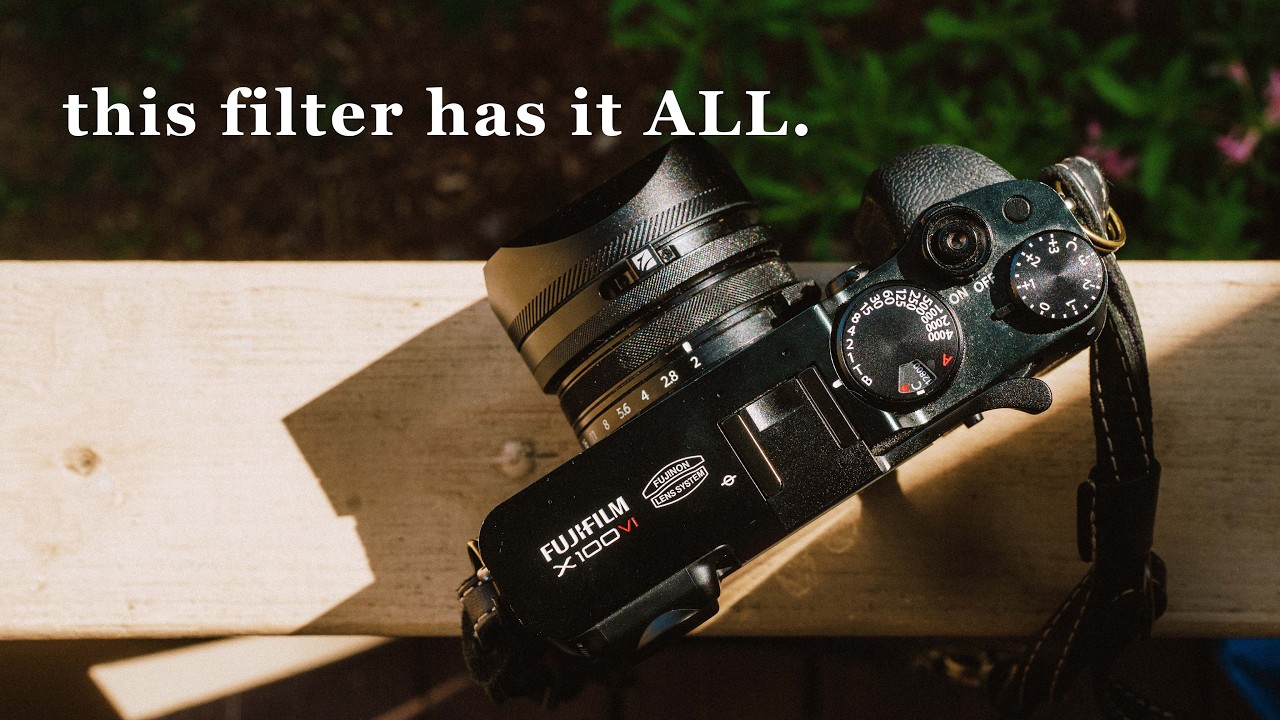




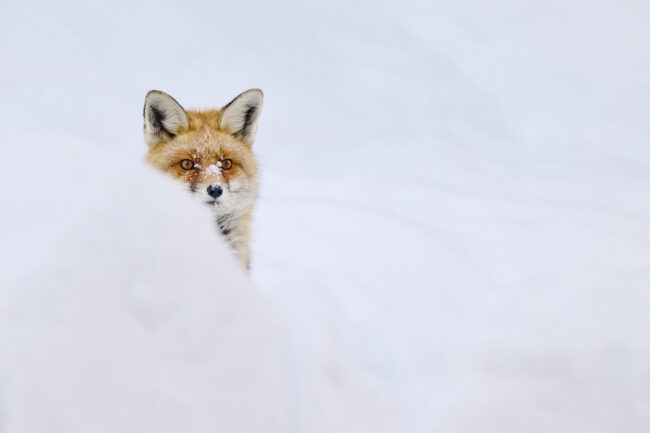












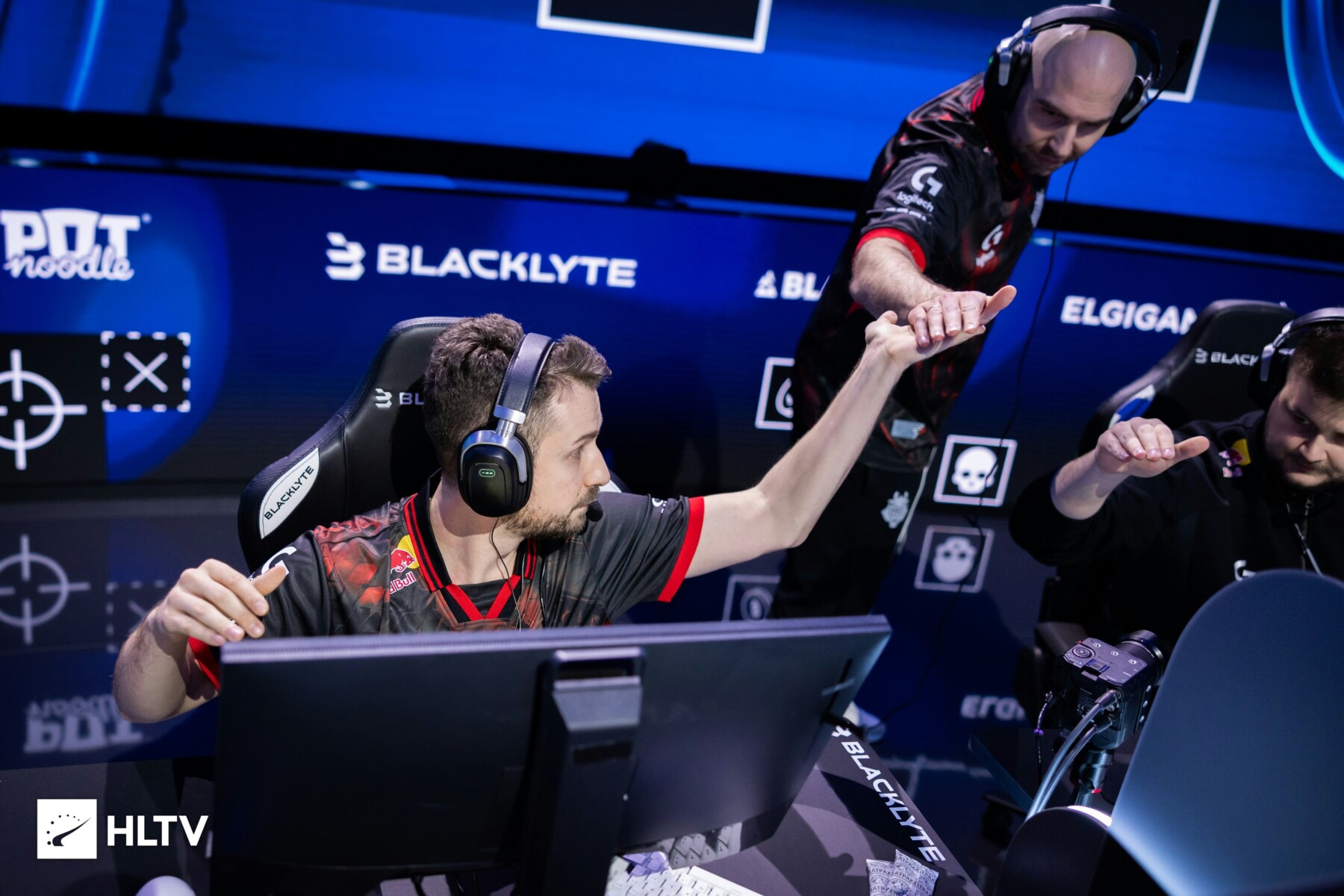
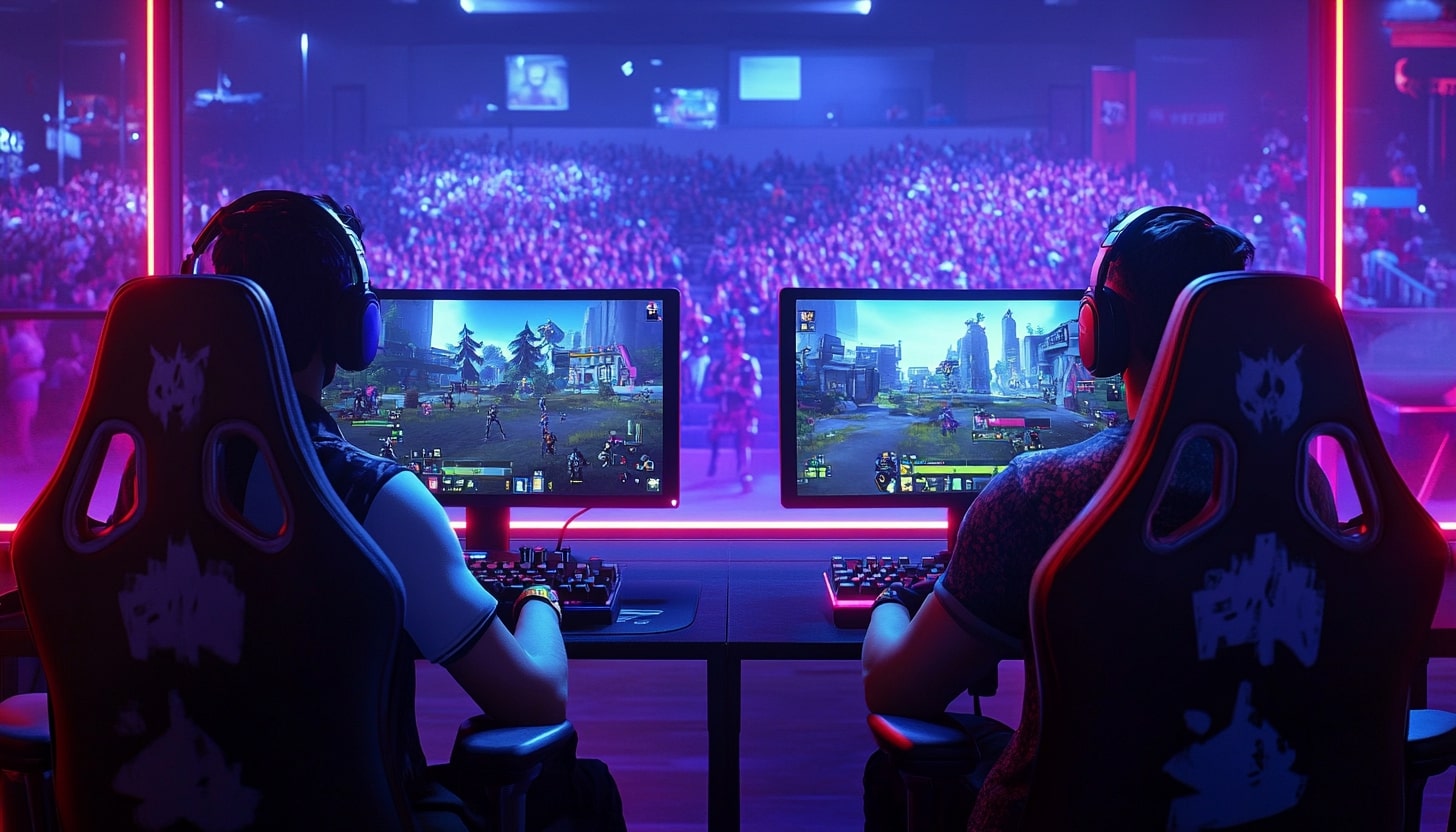
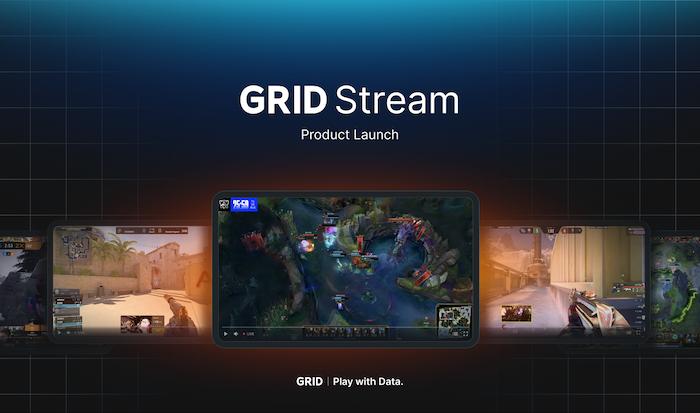


























.jpg?width=1920&height=1920&fit=bounds&quality=70&format=jpg&auto=webp#)




